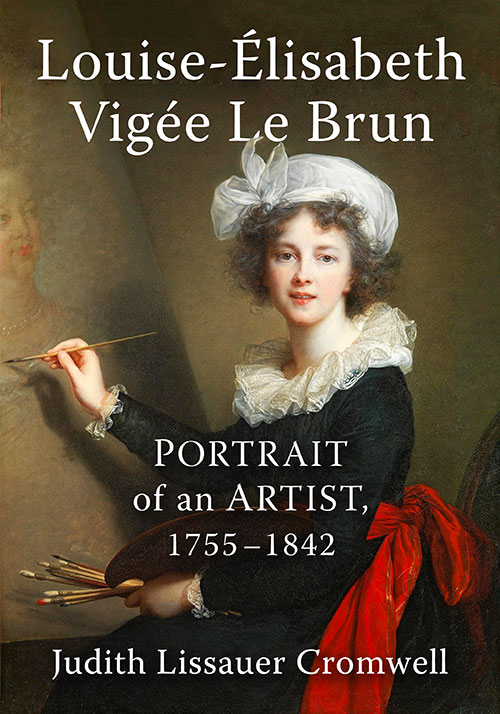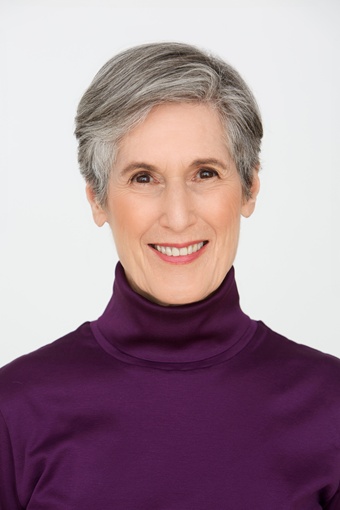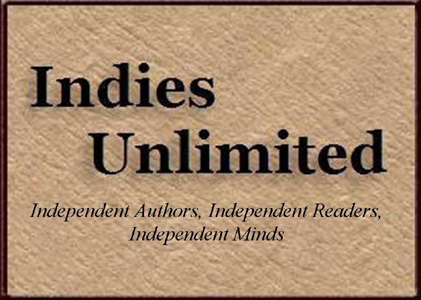A few years ago the Metropolitan Museum of Art in New York (where I live) held a retrospective of Louise-Élisabeth Vigée le Brun’s oeuvre. Reviewers praised the exhibit to such an extent that, despite never having heard of this artist, I went to see the show.
Judith Lissauer Cromwell – 23 July 2025
The Back Flap
This biography follows the remarkable life of Louise-Elisabeth Vigee Le Brun, whose portraits of European royalty and nobility hang in many of the world’s most important galleries. As a young woman in the male-dominated society of late 18th century France, she was denied an artistic education and forced to nurture her passion outside the restrictions of conventional schooling. Vigee Le Brun’s vibrant art, in addition to her charm and beauty, caught the attention of Queen Marie-Antoinette, who honored her as her chosen painter. At the pinnacle of her fame and fortune, however, the Revolution forced Vigee Le Brun to flee Old Regime France, leaving everything behind except her only child.
Drawn from her memoirs, archival research, and reexamination of the judgment of her contemporaries, this book portrays a single working mother who survived because of her cachet, charisma, and artistic talent. Cast on a storm-tossed continent, solely reliant on her palette, Vigee Le Brun produced some of her major works during her twelve-year exile, returning to France to continue her work after Napoleon had restored stability. Her story is one of triumph, adversity, perseverance, and ultimately peace.
About the book
What is the book about?
Louise-Élisabeth Vigée Le Brun Portrait of an Artist, 1755-1842 is the story of an attractive, charming and above all extremely talented woman who overcame vast odds to achieve her childhood ambition of becoming a great painter.
When did you start writing the book?
I began to research and write the book as soon as my previous book, Good Queen Anne Appraising the Life and Reign of the Last Stuart Monarch, had gone to press.
How long did it take you to write it?
It took me six years to finish the book; I spent most of that time on research.
Where did you get the idea from?
A few years ago the Metropolitan Museum of Art in New York (where I live) held a retrospective of Louise-Élisabeth Vigée le Brun’s oeuvre. Reviewers praised the exhibit to such an extent that, despite never having heard of this artist, I went to see the show. Vigée Le Brun’s paintings were riveting, her brief introductory biography intriguing. This unusual woman, I vowed to myself, would be the subject of my next book.
Were there any parts of the book where you struggled? What came easily?
If I may, I’ll answer these two questions together.
Since telling the story of a person’s life obliges the writer to present a well-balanced account, broad and deep research is essential. The writer must cast a wide net. Further, an important historical figure like Vigée Le Brun generates much information, (written by herself or her contemporaries, plus a large number of related works written over time) so the research is time-consuming (not only must the writer delve into readily available sources but also must locate those that are not) and usually includes travel – in Vigée Le Brun’s case, to London and Paris to research archives. You cannot leave any stone unturned because although you may not always find what you’re looking for, you’ll always find something.
I put the results of my research into narrative style, organized into chronological and subject files, which I revise periodically. Hence, after I’ve finished the research, the writing comes easily; I’m always looking forward to getting the next chapter of a fascinating life into shape.
Are your characters entirely fictitious or have you borrowed from real world people you know?
Louise-Élisabeth Vigée Le Brun was a historical figure, a feminine icon in her day. Her non-fiction biography is only about real people.
We all know how important it is for writers to read. Are there any particular authors that have influenced how you write and, if so, how have they influenced you?
I’ve been a voracious reader all my life, so I’m sure other authors have influenced my writing, but I cannot pinpoint anyone in particular.
Do you have a target reader?
All readers who like to know what makes people tick, but especially readers who are interested in art, women artists, French artists, and women who have made a difference in Western history.
About Writing
Do you have a writing process? If so can you please describe it?
I began with Vigée Le Brun’s birth and continued chronologically; after writing ten chapters, I reviewed and revised them. I then wrote the next chapters in chronological order, reviewed and revised, and finally the last chapters chronologically, reviewed, and revised. I then edited and re-edited the whole book several times.
Do you outline? If so, do you do so extensively or just chapter headings and a couple of sentences?
I make a very brief diagrammatic outline for each chapter, as well as one for the whole book; I keep four or five key words in mind for each chapter and for the whole book.
Do you edit as you go or wait until you’ve finished?
I edit as I go, as well as when I’ve finished.
Did you hire a professional editor? (May skip if being published by a small press rather than self-publishing)
I did not hire a professional editor.
Do you listen to music while you write? If yes, what gets the fingers tapping?
No music, no distractions. I must know that I have at least two or three quiet hours ahead of me when I begin to write.
About Publishing
Did you submit your work to Agents?
I submitted my first book, Dorothea Lieven, A Russian Princess in London and Paris, 1787-1855 to agents and publishers. Academic presses said the book was not academic enough; other publishers and agents said the book was too academic. After one year of rejections, I was happy when McFarland & Co. agreed to publish. McFarland has published my three subsequent books.
What made you decide to go Indie, whether self-publishing or with an indie publisher? Was it a particular event or a gradual process?
Please see above. Since neither the subject of my first book nor I as an author were well known, finding a publisher took patience and perseverance.
Did you get your book cover professionally done or did you do it yourself?
McFarland, my publisher, designed the book cover.
Do you have a marketing plan for the book or are you just winging it?
I have a publicist.
Any advice that you would like to give to other newbies considering becoming Indie authors?
Believe in yourself and in your book.
About You
Where did you grow up?
I grew up in England
Where do you live now?
I live in New York
What would you like readers to know about you?
I’m a magna cum laude graduate of Smith College, received a doctorate with academic distinction from New York University; I’m a mother, grandmother, and great-grandmother. After a successful corporate career as one of the first women executives in Wall Street, I returned to academia as an independent historian to create a second career by writing biographies about women who have made a difference in European history.
What are you working on now?
I’m working on another biography of a remarkable woman who affected European history.
End of Interview:
For more from Judith Lissauer Cromwell visit her website.
Get your copy of Louise-Elisabeth Vigee Le Brun: Portrait of an Artist, 1755-1842 from Amazon US or Amazon UK.



